The MGA With An Attitude
BALANCING Flywheel and Clutch -- EB-102
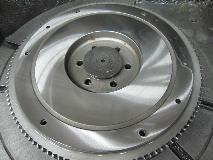

As received, a new flywheel from the factory should be balanced within some industry standard, like a few grams or a few ounce-inches. Since this is such a massive part with large diameter, it has to be balanced, and the factory usually does a pretty good job of it. But it still merits checking, and some people may be more particular (especially for a race engine). It should also be checked
 and maybe re-balanced any time it is machined for clean-up or weight reduction. It will be set up in a spin balancing machine to be run up to a speed of several hundred RPM to measure vibration. The machine then shows where to remove weight and how much weight is to be removed, which is usually done by drilling holes in a non-contact area near the rim of the flywheel.
and maybe re-balanced any time it is machined for clean-up or weight reduction. It will be set up in a spin balancing machine to be run up to a speed of several hundred RPM to measure vibration. The machine then shows where to remove weight and how much weight is to be removed, which is usually done by drilling holes in a non-contact area near the rim of the flywheel.
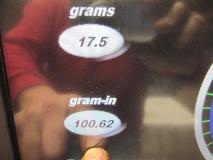
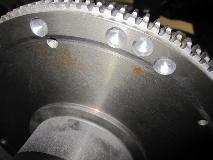
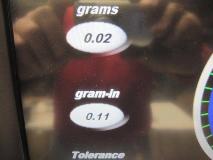
After the flywheel is well balanced, the clutch assembly can then be mounted on the flywheel with the friction disc very carefully centered. The whole assembly is then spun up to measure vibration, and the clutch cover (pressure plate assembly) is then balanced.
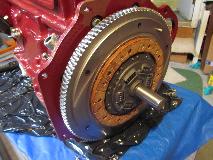

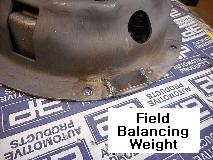
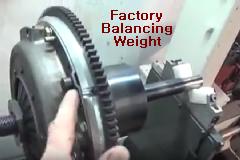 This is done by adding weight to the outer extremities of the cover. The factory might use round weights to be riveted onto the edge of the cover. A service shop may later add weight by welding small weights to the edge of the cover.
This is done by adding weight to the outer extremities of the cover. The factory might use round weights to be riveted onto the edge of the cover. A service shop may later add weight by welding small weights to the edge of the cover.
|